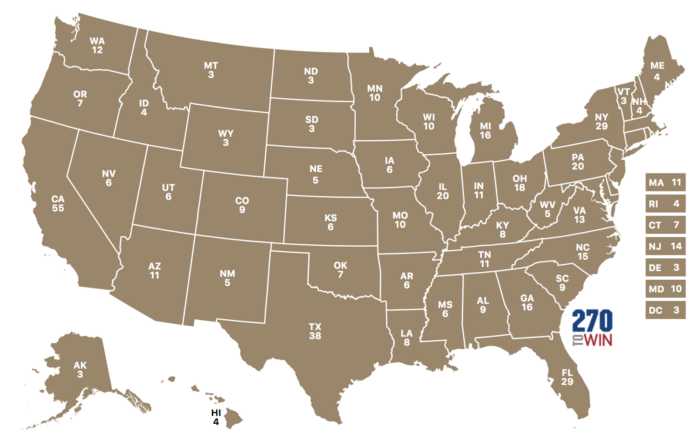By Ryan Chou
Both the 2016 and 2020 elections saw significant swings in certain states. Some states moved towards the Democrats, while others shifted to Republicans. The reason for this is chalked up to Donald Trump; he was able to win with the white working-class and, interestingly, make inroads with minorities relative to prior Republican candidates. On the other hand, he’s a double edged sword for the GOP: he lost ground in the suburbs and with urban, college-educated voters as his populist, controversial rhetoric energized his more rural base and drove them to the polls. When the dust cleared up, the 2016 and 2020 electoral map looked pretty weird.
Starting in 2016, a lot of Trump’s wins weren’t too unusual. He won the deep south, did well in places like Montana and Wyoming, and took a few swing states. But he also won in Wisconsin, Pennsylvania, and Michigan, and he swept Maine’s 2nd Congressional District by double digits. Not only that, but his margins in Iowa and Ohio were bigger than those in Georgia and Arizona (~8 points and ~3-5 points respectively). In 2020, he only barely lost in the Rust Belt, won North Carolina, and took the bellweather states: Florida, Ohio, and Iowa all went to him even though he lost. At the same time, he lost Georgia and Arizona.
In the past, Georgia and Arizona haven’t gone blue since 1992 and 1996 respectively, and Ohio, Florida, and Iowa haven’t picked a loser since 1960, 1992, and 1976 respectively. Trump’s appeals and turn-offs that differ from past Republican candidates have had big impacts on the electoral map. Previously safe-red states went blue, and some swing states are looking more like lean reds. Time will tell if any single party benefits from these rapid shifts.

